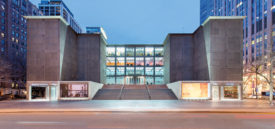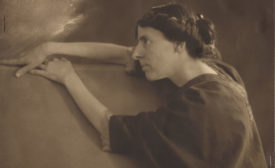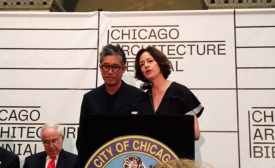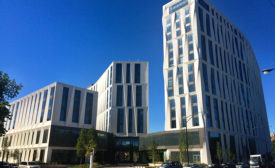Articles by Zach Mortice
Marion Mahony Griffin, Unbound
A new exhibition shines a light on the life of America’s most influential yet least known early 20th century female architect.
Read More
Chicago Architecture Biennial Announces 2017 Curators and Theme
The showcase’s second edition, themed “Make New History” will focus on the relationship between art and architecture, and history and modernity.
Read More
Sparkling New Dorm by Jeanne Gang Opens at the University of Chicago
Studio Gang’s Campus North Residential Commons looks to build community.
Read More
Review of Playboy Architecture, 1953-1979
A new exhibition examines architecture’s role in mid-century America’s fantasy creation.
Read More
Copyright ©2025. All Rights Reserved BNP Media.
Design, CMS, Hosting & Web Development :: ePublishing





